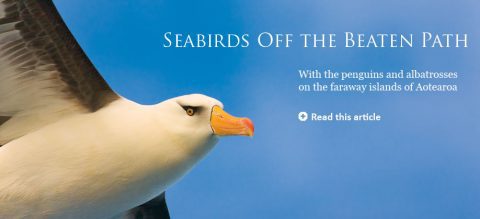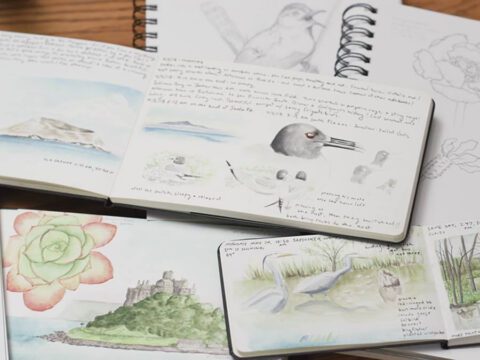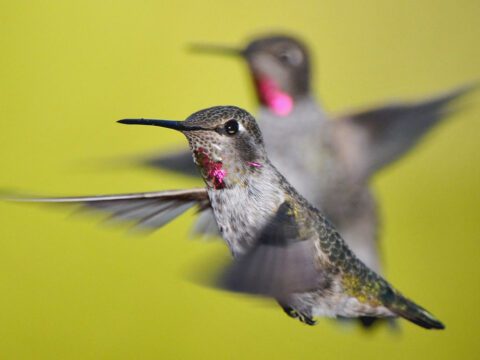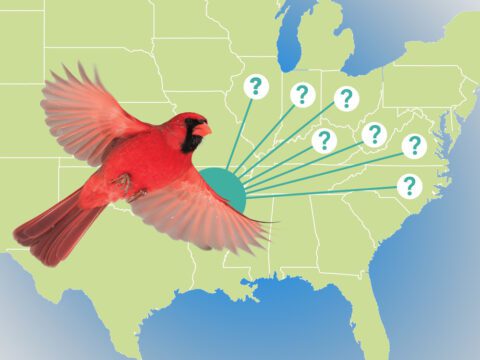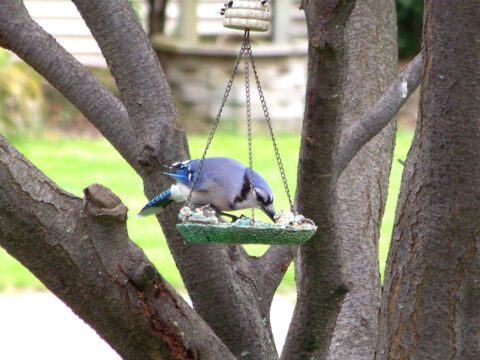View From Sapsucker Woods: Two Ways to Help Two Species of Sage-Grouse
By John W. Fitzpatrick
April 15, 2012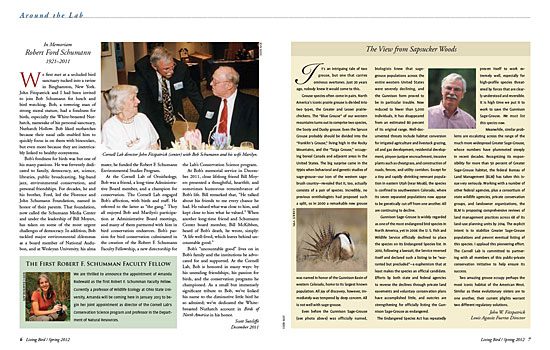
It’s an intriguing tale of two grouse, but one that carries ominous overtones. Just 20 years ago, nobody knew it would come to this.
Grouse species often come in pairs. North America’s iconic prairie grouse is divided into two types, the Greater and Lesser prairie-chickens. The “Blue Grouse” of our western mountains turns out to comprise two species, the Sooty and Dusky grouse. Even the Spruce Grouse probably should be divided into the “Franklin’s Grouse,” living high in the Rocky Mountains, and the “Taiga Grouse,” occupying boreal Canada and adjacent areas in the United States. The big surprise came in the 1990s when behavioral and genetic studies of sage-grouse—our icon of the western sagebrush country—revealed that it, too, actually consists of a pair of species. Incredibly, no previous ornithologists had proposed such a split, so in 2000 a remarkable new grouse was named in honor of the Gunnison Basin of western Colorado, home to its largest known population. All joy of discovery, however, immediately was tempered by deep concern. All is not well with sage-grouse.
Even before the Gunnison Sage-Grouse was officially named, biologists knew that sage-grouse populations across the entire western United States were severely declining, and the Gunnison form proved to be in particular trouble. Now reduced to fewer than 5,000 individuals, it has disappeared from an estimated 80 percent of its original range. Well-documented threats include habitat conversion for irrigated agriculture and livestock grazing, oil and gas development, residential development, pinyon-juniper encroachment, invasive plants such as cheatgrass, and construction of roads, fences, and utility corridors. Except for a tiny and rapidly shrinking remnant population in eastern Utah (near Moab), the species is confined to southwestern Colorado, where its seven separated populations now appear to be genetically cut off from one another. All are continuing to decline.
Gunnison Sage-Grouse is widely regarded as one of the most endangered bird species in North America, yet in 2006 the U. S. Fish and Wildlife Service officially declined to place the species on its Endangered Species list. In 2010, following a lawsuit, the Service reversed itself and declared such a listing to be “warranted but precluded”—a euphemism that at least makes the species an official candidate. Efforts by both state and federal agencies to reverse the declines through private land easements and voluntary conservation plans have accomplished little, and outcries are strengthening for officially listing the Gunnison Sage-Grouse as endangered.
The Endangered Species Act has repeatedly proven itself to work extremely well, especially for high-profile species threatened by forces that are clearly understood and reversible. It is high time we put it to work to save the Gunnison Sage-Grouse. We must list this species now.
Meanwhile, similar problems are escalating across the range of the much more widespread Greater Sage-Grouse, whose numbers have plummeted steeply in recent decades. Recognizing its responsibility for more than 50 percent of Greater Sage-Grouse habitat, the federal Bureau of Land Management (BLM) has taken this issue very seriously. Working with a number of other federal agencies, plus a consortium of state wildlife agencies, private conservation groups, and landowner organizations, the BLM is proposing comprehensive reviews of land management practices across 68 of its land-use planning units by 2014. The explicit intent is to stabilize Greater Sage-Grouse populations and prevent eventual listing of this species. I applaud this pioneering effort. The Cornell Lab is committed to partnering with all members of this public-private conservation initiative to help ensure its success.
Two amazing grouse occupy perhaps the most iconic habitat of the American West. Similar as these evolutionary sisters are to one another, their current plights warrant two different regulatory solutions.
John W. Fitzpatrick
Louis Agassiz Fuertes Director

All About Birds
is a free resource
Available for everyone,
funded by donors like you
American Kestrel by Blair Dudeck / Macaulay Library
